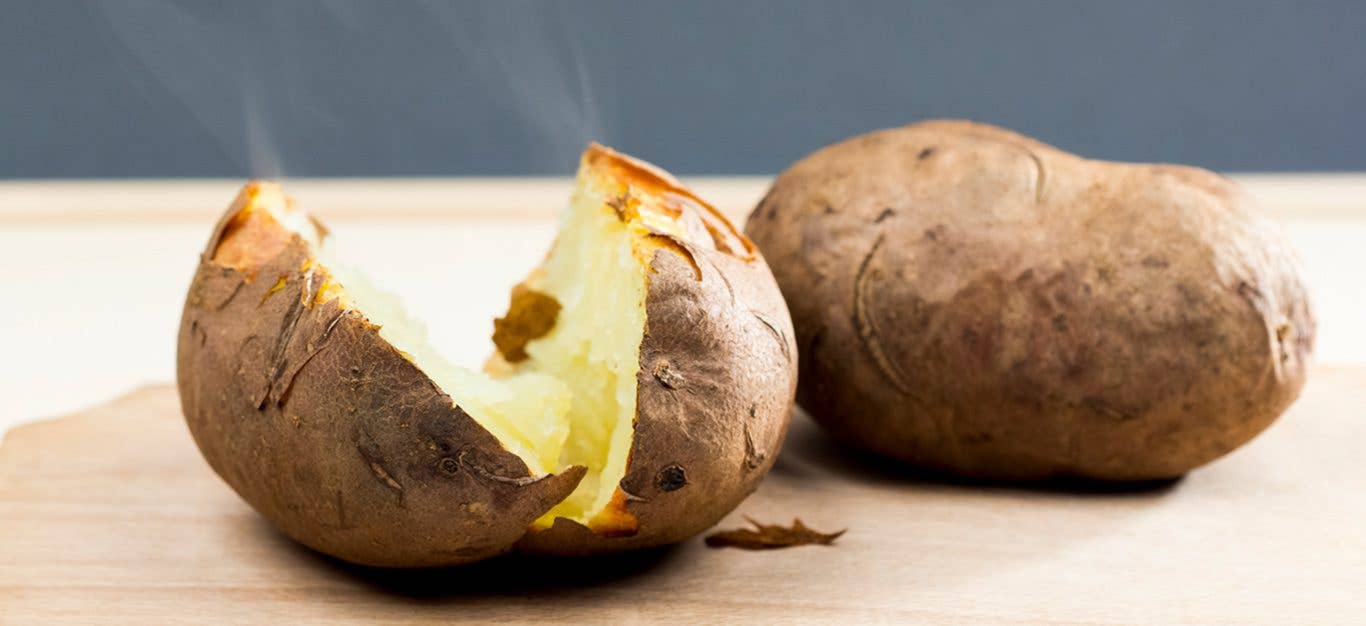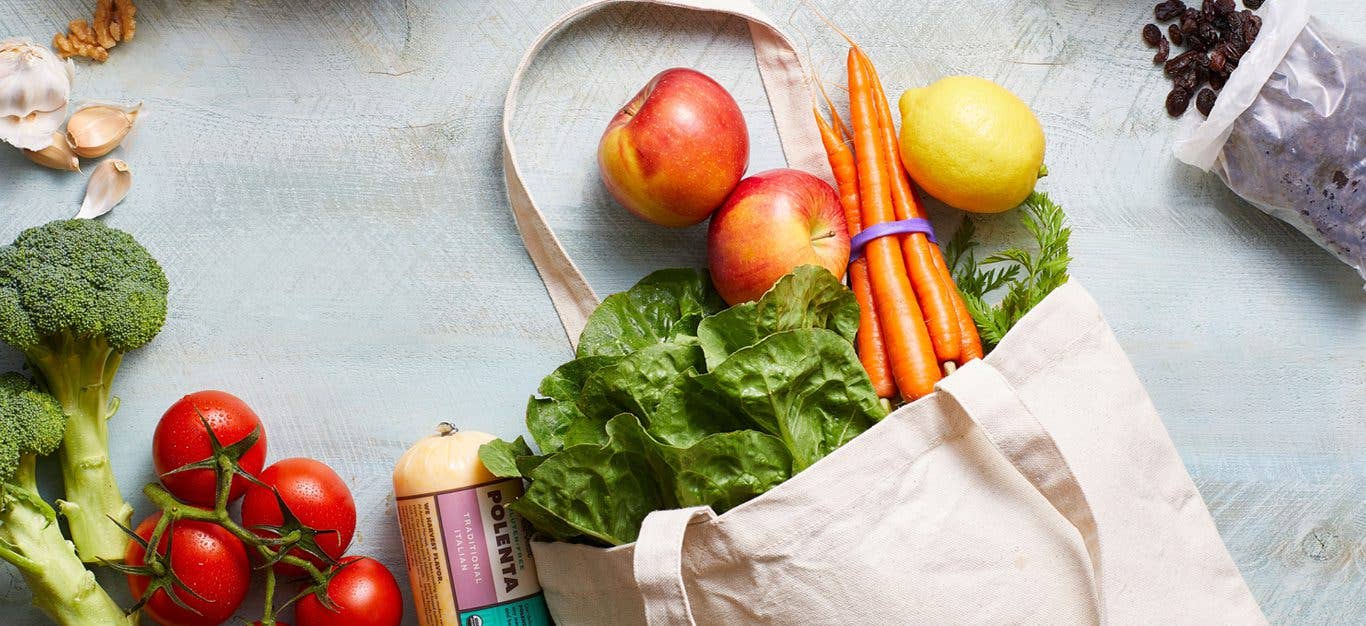There’s lots to love about turmeric, from the spice’s saffron-yellow color to its flavor-enhancing properties and potential health benefits. Read on for everything you need to know about turmeric’s history, flavor profile, uses, and medicinal properties.
What Is Turmeric?
Like ginger, turmeric is a rhizome plant native to Southeast Asia. Turmeric’s root-like underground stems have a pungent orange flesh that can be used fresh but is most often found as a deep gold powder that’s used as a spice. The powder is made by boiling and drying the root then grinding it into a powder.
In India, turmeric has been used as a culinary seasoning for over 4,000 years and also holds an important place in both Hindu and ayurvedic traditions. When turmeric arrived in Europe during the Middle Ages, it was given the nickname “Indian saffron,” both because of its color and its use as an alternative to the much more expensive spice. In the 19th century, turmeric crossed the Atlantic with indentured Indian workers, and it became an integral ingredient in Caribbean curries and stews.
Today, ground turmeric lends its gorgeous golden hue and distinctive flavor to Indian curries, American mustard, dill pickles, and nondairy cheese recipes (such as Darshana Thacker Wendel’s Vegan Cheesy Sauce). Turmeric is also an integral ingredient in chili powders and Middle Eastern spice blends.
How to Use It
Fresh or dried, turmeric has an earthy, pleasantly bitter taste that magnifies the flavors of other spices. Its peppery, citrusy notes also make it a delicious spice for seasoning dishes all on its own, though it’s wise to always add a sprinkling of black pepper, which provides a spicy kick that counterbalances turmeric’s astringent side.
Ground/Dried Turmeric
When cooking with ground turmeric (sometimes called turmeric root), a little goes a long way. A half a teaspoon of ground turmeric is usually plenty for seasoning bean dishes, rice dishes, whole grains, soups, stews, sauces, marinades, and pickling brines.
Ground turmeric can also be used to add appetizing color to a breakfast scramble, a creamy batch of mac and cheese, and even cakes and desserts.
Fresh Turmeric
If you’re lucky enough to come across fresh turmeric root, grab a few knobby pieces and keep them on hand. Then it’s just a matter of grating the root (the way you’d grate fresh ginger) and adding it to dishes where you want turmeric’s unique flavors to shine. Fresh turmeric will stain your hands, so use kitchen gloves when peeling and grating it.
Substituting Fresh for Dried
To substitute grated fresh turmeric for dried/ground turmeric, count 1 tablespoon grated fresh turmeric per 1 teaspoon dried/ground.
How to Make Turmeric Tea
For a hot beverage that’s a healthy indulgence, you can’t beat a steaming cup of turmeric tea. In a mug stir ½ teaspoon of ground turmeric into ½ to 1 teaspoon of pure maple syrup. Add 1 cup of boiling water. Add a few grinds of black pepper, and stir to combine. Doctor the drink up the way you would any cup of tea, with a squeeze of lemon or a splash of plant milk.
How to Store Turmeric
Store ground turmeric along with other spices in a cool, dark dry place. Ground turmeric will begin to lose its pungency after a year, so purchase small amounts when possible. Check the “best-by” date on the spice jar or bulk bin to make sure you’re buying optimally flavorful ground turmeric.
Fresh turmeric root can be kept in a paper bag in the fridge for two to three weeks or in a resealable bag in the freezer for up to a year.
Turmeric Health Benefits
Turmeric has long been used as a medicinal herb in both ayurvedic and traditional Chinese medicine. Recent scientific studies have pinpointed curcumin, a potent antioxidant compound in turmeric, as the source of its anti-inflammatory, antibacterial, and antifungal properties. Curcumin has been linked to potential health benefits that include improving brain function, alleviating pain, stabilizing blood sugar, and reducing the risk of heart disease and certain cancers. More research is needed to confirm these claims, however. Studies also point to curcumin’s very limited bioavailability, meaning that our bodies have a hard time absorbing and metabolizing the antioxidant.
Related News
Try Our Top-RatedMeal Planner Free

Forks Meal Planner takes the hard work out of making nutritious meals the whole family will enjoy.
SAVE $200 ON OUR ULTIMATE COURSE

Join our best-selling course at a new lower price!





